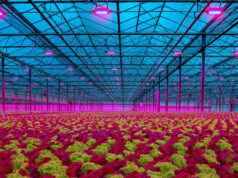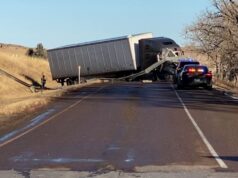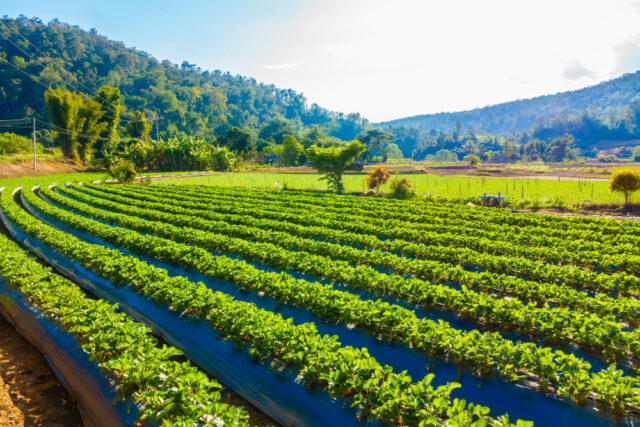
Agriculture, a cornerstone of human civilization, has always embraced innovation. From the plow to precision farming, every step in agricultural evolution aims to increase efficiency and crop yield. In this modern era, technology plays a pivotal role in enhancing the agricultural yield.
One such technological marvel is the use of sensors in agriculture and livestock management. These devices, small in size but significant in impact, are revolutionizing farming practices for better yield.
Among various types of sensors, ammonia measurement sensors are widely used and in varying types of industries, such as agriculture, food processing and safety, the medical field and so on.
You can find many different types of sensors for many different types of purposes, and the industry you’re in, as well as the project you need ammonia measuring for, while dictate which sensor it makes the most sense to use.
These sensors offer a multitude of benefits and can be a useful – sometimes even necessary – addition to your set-up. Today, we will explore how ammonia measurement sensors can positively impact agricultural practices.
Understanding the Impact of Ammonia in Agriculture
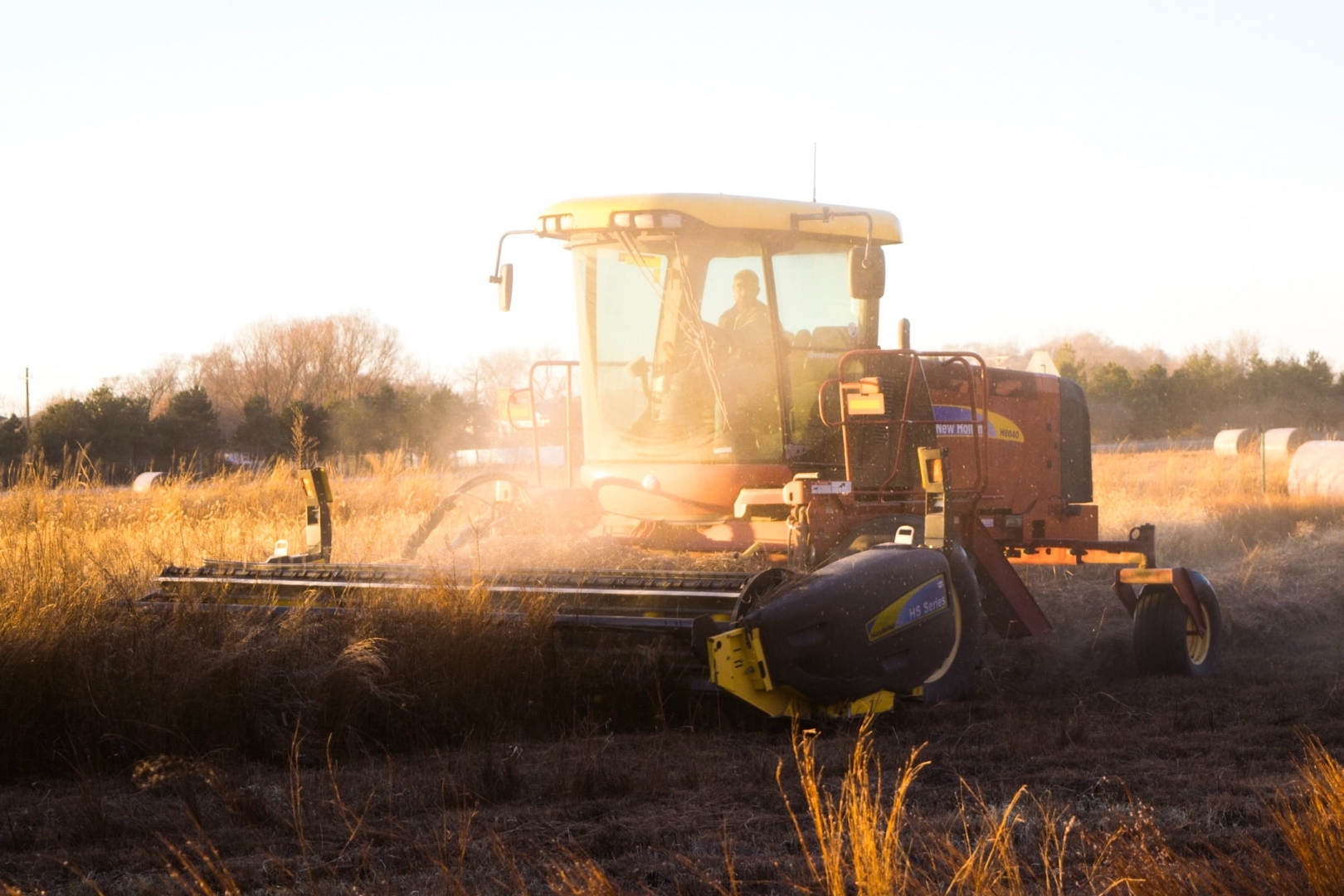
Ammonia, a compound of nitrogen and hydrogen, plays a vital role in agriculture. It’s a key ingredient in fertilizers, enriching the soil. Farmers use it in fertilizers to help crops grow. But too much ammonia is not good, and can greatly impact the environment, so monitoring the levels or ammonia in the air, soil and water can be a help – now and in the future.
Top Reasons Why You Should Use Ammonia Measurement Sensors
1. Ammonia Sensors in Soil Management
Healthy soil is key for good crops. Ammonia sensors help keep soil healthy. They check the nitrogen level in the soil. Nitrogen is important for plants to grow. The sensors give farmers up-to-date information.
With this info, farmers know how much fertilizer to use. Too much fertilizer is not good. It can harm the soil and make crops not grow well. By using sensors, farmers avoid putting too much fertilizer. This keeps the soil in good shape. Good soil means better crops. So, ammonia sensors are really helpful for farmers to manage their soil better.
2. Impact on Livestock Health
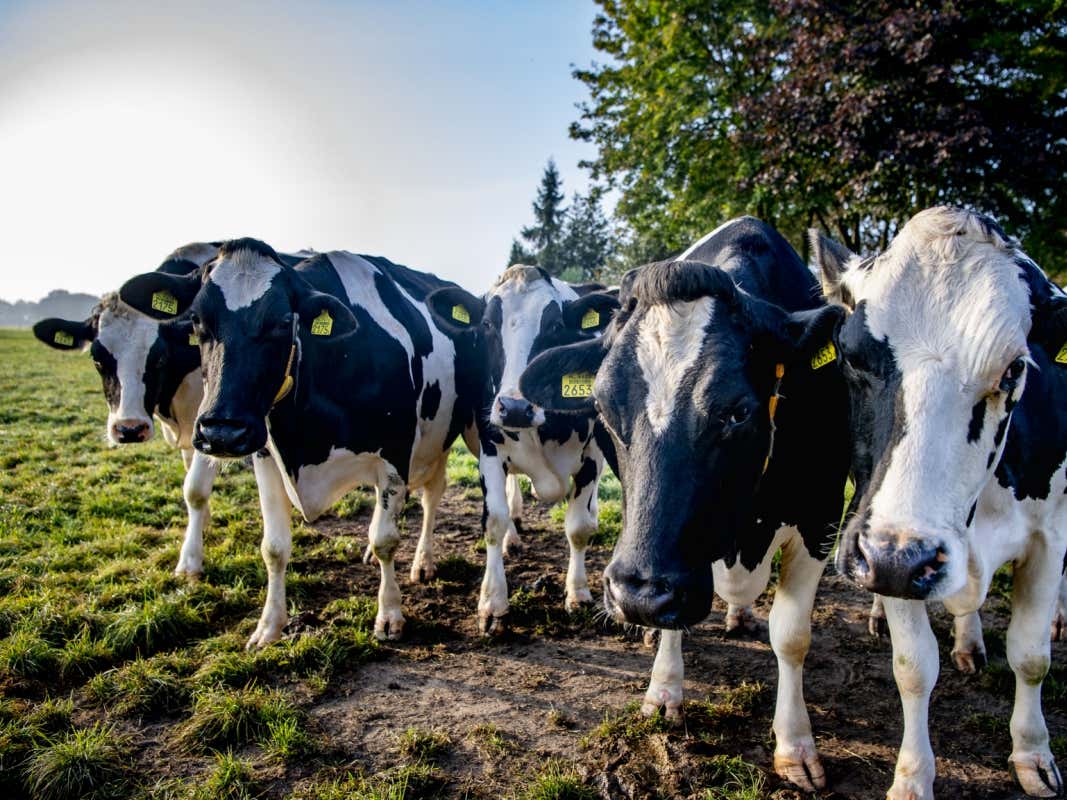
Ammonia in animal shelters can be bad for farm animals. When there’s too much ammonia, it can negatively impact the health of the animals. Ammonia sensors help solve this problem. They check the air in places where your animals live.
These sensors tell if there’s too much ammonia, and if there is, farmers can take steps to clean the air. This makes sure animals have a healthy place to live. Ammonia sensors cannot be used in open-air livestock shelters, but if you have livestock in closed-off indoor areas, then they can be useful for monitoring ammonia levels in the air.
Ammonia is released through, among other things, urine and manure from farm animals, so monitoring indoor levels is necessary if you want to ensure healthy animals. Ammonia sensors can help you figure out and maintain proper ventilation and take steps to lower the ammonia levels if necessary.
3. Reducing Environmental Impact
Farming affects our environment. But ammonia sensors can help lessen this impact. They guide farmers to use just enough fertilizer. Too much fertilizer can wash away into rivers and lakes. This is bad for fish and other water life. It can also make the soil less healthy. Ammonia sensors stop this from happening.
They make sure fertilizer is used wisely. This protects our rivers, lakes, and soil. It’s like having a smart helper for the environment. With these sensors, farmers can grow their crops and care for nature at the same time. So, ammonia sensors are really important for keeping our environment safe and healthy.
4. Cost-Effectiveness and Efficiency
Buying ammonia sensors is a smart money move for farmers. These sensors save money over time. They help farmers use less fertilizer. Using too much fertilizer can be expensive. It can also harm the soil and water, which costs more to fix. With sensors, farmers use just what they need.
This keeps the soil and water clean, saving money. Healthy plants and animals grow better. This means more crops and healthier livestock. More crops and healthy animals make more money for farmers. So, using ammonia sensors helps farmers spend less and earn more. It’s a win-win for both the farm and the environment.
Which Sensor Do You Choose?
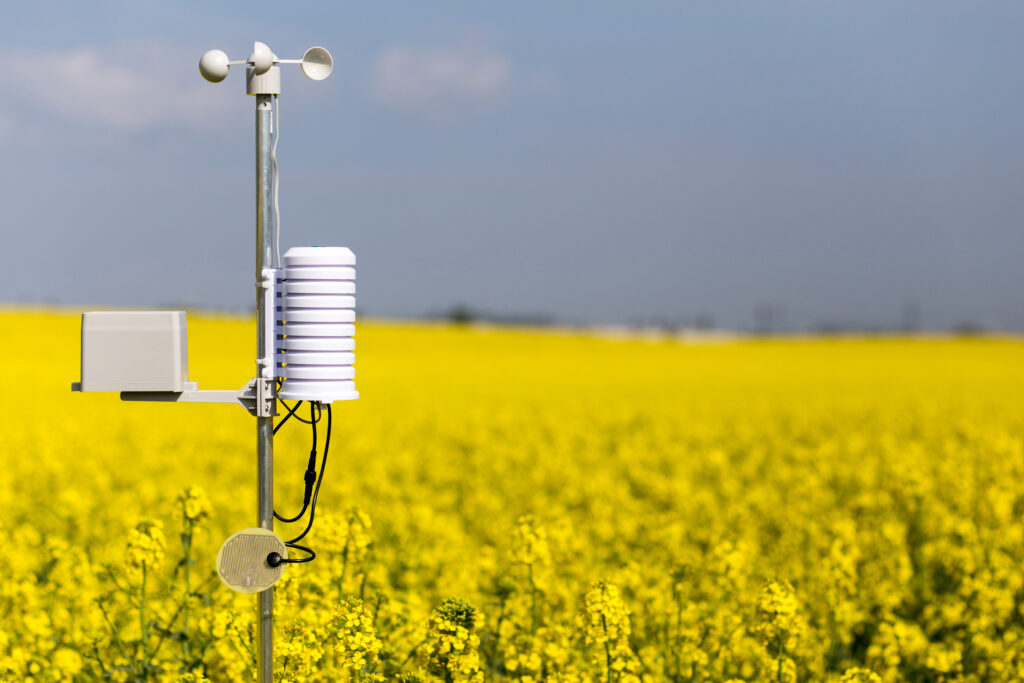
Ammonia sensors are indispensable tools in modern agriculture. They ensure efficient use of resources, enhance environmental sustainability, and ultimately lead to improvements in the agricultural yield.
There are various types of sensors to choose from, such as infrared sensors, catalytic sensors and electrochemical sensors. They operate in different ways and can provide different means of monitoring ammonia levels.
Which one fits your needs best depends on many different factors. Things you’ll need to consider are questions of how sensitive you need the sensor to be, which environmental conditions it will be exposed to, how accurate you desire it to be, and many other factors.
The accuracy and expediency of the measurement is often important when choosing a sensor, but the most important factor to consider is the environment the sensor is placed it. You will need to choose a sensor that functions as accurately and reliably as possible in your chosen environment, so you know you can trust the measurements.
Another factor is maintenance. You will have to ensure your sensor or sensors are properly maintained. This is not, of course, the first thing you have to attend to, but when purchasing the sensor make sure you are also provided with a maintenance guide – and if needed have the seller go over the most important points.
If you’re unsure what you need, and what factors you should focus on, you can consult with an expert – usually the companies selling the sensors can provide professional help and guidance and answer any questions. That way you’re ensured you get the proper sensor for your needs, your projects and your specific set-up.

